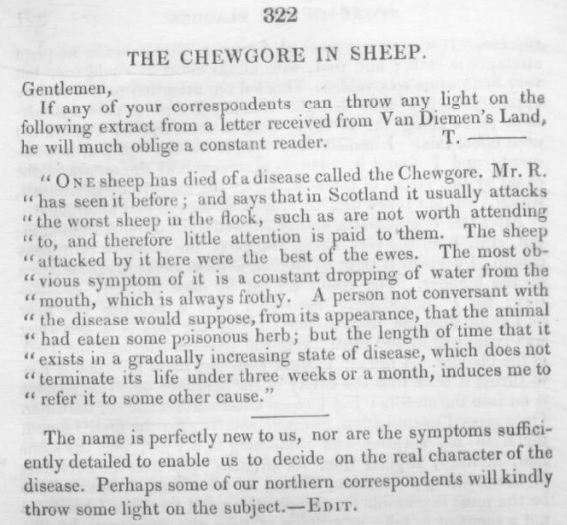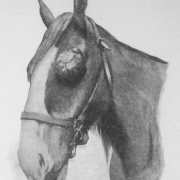Hi, my name is Helena and I am the new Archive and Digitisation assistant. My role, like Adele’s before me, is to assist in the digitisation and online accessibility of documents within the archive and historical book collection. I hope to one day become a fully qualified archivist so this role is a wonderful opportunity for me and a step towards that dream. I have recently been lucky enough to be accepted onto the Archives Management MA programme at UCL; so it’s been an exciting couple of months for me. Previously I have been a volunteer in the Stanley Kubrick archives at UAL and I have also volunteered my time with conservation staff at the Royal Museums of Greenwich.

Helena, in the RCVS Knowledge office
You are probably now aware that the website on which you can browse through these collections (hundreds and hundreds of years of veterinary history!) is now live. There are so many interesting and weird and wonderful artworks, letters, and articles to delve into. I’ve read about subjects ranging from singing to hogs to the medical properties of Marshmallow.

The medical properties of marshmallow and liquorice, from ‘The Veterinarian’ Volume 4, Issue 1, January 1831
It’s fascinating to be a part of helping to make this history more accessible and to work with varied material. For example, Frederick Smith’s Boer War letters, even though tricky to read, have been insightful personal accounts into wartime conditions. The website seems to give them a new lease of life, and with the Universal Viewer, you can view the handwriting in amazing detail. A selection of the letters are currently being transcribed. I think the hardest thing for me is to not stop to read too much and get distracted! So far I am finding it a captivating and enjoyable task.

Letter from Smith to his wife Mary Ann, from North of the Tugela River, South Africa, 22 January 1900 [FS/2/2/4/2/8]
Personally my favourite material is the Edward Mayhew watercolour collection – though the artworks detail many unfortunate circumstances, and sometimes his artwork depicting disease and veterinary practice is not for the squeamish!

‘Shyers’ by Edward Mayhew [EM/1/2/1]
There is a great deal more to come and more decisions to be made on what to scan. You can also follow the highlights of the collection on Twitter and Facebook where we regularly post updates, explain the functionality and features, and sometimes ask questions for readers to try and help us answer. Most recently we have been stumped with what the disease ‘Chewgore’ could be, as mentioned in the journal ‘The Veterinarian’, the writers are perplexed themselves.

The Chewgore in Sheep, from ‘The Veterinarian’ Volume 3, Issue 6, June 1830
Please let us know what you think! We value your feedback on your experience with the site. Feel free to join in with tasks like suggesting tags to enhance the searching the collection for other readers. We may one day be able to search within the actual text of printed works with OCR (optical character recognition) technology; though we will keep you posted on this.
I am hoping to get more involved with promoting the works that I interact with; I will post about my unusual and interesting finds as I scan my way through the collections. The site is filling up fast so I know we won’t be short of things to talk about.
If you are interested, then don’t hesitate to visit the site here. To make sure you don’t miss any of the highlights of the collection, follow our Facebook Page, Twitter account @RCVSKnowledge and also follow the hashtag #vetarchives.












